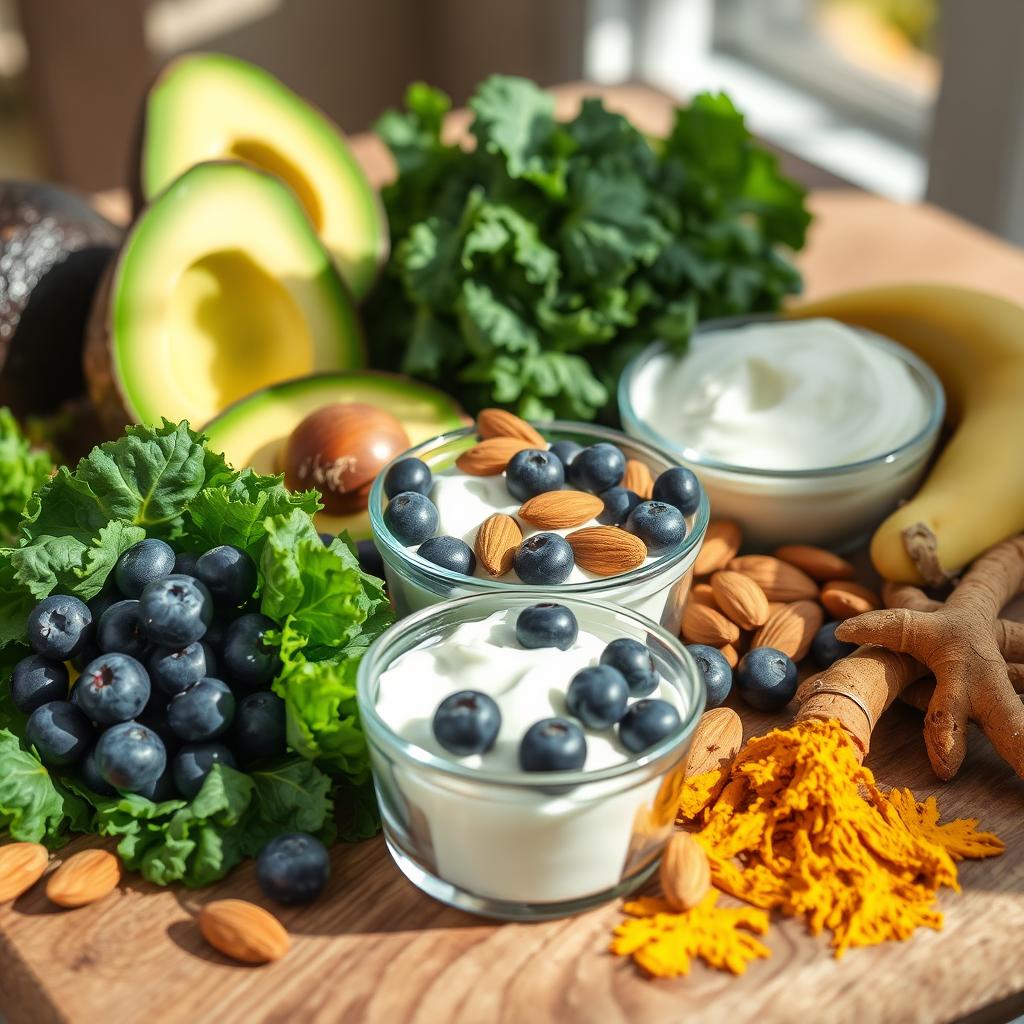Have you ever wondered why scrambled eggs with cheese often top the list of go to breakfasts? It’s a perfect combo rich, creamy, and customizable to fit nearly anyone’s taste. But there’s more to this dish than meets the eye. Understanding its calorie content might just be your secret weapon for hitting weight goals or staying on track with your health journey. After all, even small tweaks to ingredients can shift its nutritional profile.
- Quick prep: Ready in minutes, it’s ideal for busy mornings.
- Satisfying: Packed with fats and protein, it keeps hunger at bay.
- Versatile: Add turkey, cheddar, or even cottage cheese to suit your dietary needs.
This guide breaks down everything you need to know about calories in scrambled eggs so you can enjoy every bite guilt free. Ready? Let’s dig in!
Basic Nutrition Overview of Eggs and Cheese
Scrambled eggs with cheese are a go to comfort food, but have you ever wondered how their nutrition stacks up? Let’s break it down to give you a clearer picture of what you’re putting on your plate. Spoiler alert: it’s all about the balance!

Calories in 1 Large Scrambled Egg
A single large scrambled egg contains roughly 70 to 90 calories, depending on how it’s prepared. Without any added ingredients, the majority of its calories come from fat and protein. It’s rich in essential nutrients like choline and lutein, which are great for brain health and eye support.
Common Cheese Choices & Their Calorie Counts
Pairing eggs with cheese amps up both flavor and calorie content. Here’s a quick look at some popular options:
- Cheddar cheese: About 115 calories per ounce, known for its sharp, bold flavor.
- Mozzarella cheese: Around 85 calories per ounce, offering a lighter, milder taste.
- Parmesan cheese: About 108 calories per ounce, perfect for salty seasoning.
Optional Ingredients: Butter, Milk, and Oil
Adding extras like butter, milk, or oil can significantly change the calorie profile of your dish. For instance:
- One tablespoon of butter adds a hefty 100 calories.
- A splash of whole milk (1 to 2 tablespoons) contributes about 9 to 18 calories.
- Cooking eggs with olive oil increases the count by around 120 calories per tablespoon.
Consider these additions mindfully to cater to your dietary goals. Choosing lower fat alternatives or using cooking sprays can still deliver that creamy texture without adding significant calories.
For versatile, hassle free meal ideas, check out these healthy crockpot recipes, which balance convenience with nutrition!
Typical Calorie Count for One Serving
Have you ever wondered exactly how many calories are packed into your favorite scrambled eggs with cheese? While the calorie count can vary depending on the ingredients and preparation method, a common serving made from two large eggs and one slice or one ounce of cheese adds up to approximately 250 to 300 calories. But wait, that’s not the whole story! Let’s break it down further and explore how different factors can influence the numbers.

For starters, the type of cheese matters. A slice of full fat cheddar adds roughly 100 calories, while opting for lighter cheese, such as reduced fat mozzarella, can cut that number in half. Similarly, cooking methods play a pivotal role. If you fry your scrambled eggs in a tablespoon of butter, you’re adding an extra 100 calories to the dish. On the other hand, cooking with non stick spray or using a dry pan keeps the calorie count lower, giving you more room to enjoy your meal without worrying about extra fat.
How Calories Stack Up:
- Two large eggs: Approximately 140 calories
- One slice or one ounce of cheese: 50 to 100 calories, depending on type
- Butter (optional): 100 calories per tablespoon
- Non stick spray: Almost zero additional calories
Considering these factors, the calorie in scrambled eggs with cheese can swing between 170 calories for a light version (non stick spray plus reduced fat cheese) to over 300 calories for a rich variation with full fat cheddar and butter. The choice is yours do you prefer indulgence or a leaner option? Either way, being aware of these details makes it easier to fit this versatile comfort food into your dietary preferences.
What Impacts the Calories Most?
Have you ever wondered why the count of calorie in scrambled eggs with cheese can vary so much? It’s not just about the eggs themselves but a combination of factors, from portion size to the ingredients used alongside them. Let’s dive deeper into what drives these variations and how you can customize this dish to match your dietary goals.

Portion Size Matters
The most obvious factor impacting calories is portion size. Adding an extra egg or increasing the amount of cheese will significantly bump up the calorie count. A single large egg has approximately 70 calories, while a tablespoon of shredded cheddar cheese adds around 50 calories. Simply doubling the recipe could take a modest 170 calorie serving to well over 300 calories.
The Role of Cheese Type
The type of cheese you choose plays a starring role too. Full fat cheddar, for instance, is higher in calories than a reduced fat option or even cottage cheese. Here’s a quick comparison:
| Cheese Type | Calories per 1 oz | Fat Content |
|---|---|---|
| Full Fat Cheddar | 113 | 9g |
| Reduced Fat Cheddar | 80 | 4g |
| Cottage Cheese | 25 | 1g |
Cooking Method Counts
Believe it or not, the way you cook scrambled eggs can make or break their calorie content. Are you using butter, oil, or skipping added fats altogether? Each tablespoon of butter or oil adds roughly 100 calories. For a lighter option, you can skip fats or use a nonstick pan to keep calories in check without compromising flavor.
Add Ins: Milk, Veggies, and More
What you add into your eggs can swing the calorie pendulum dramatically. A splash of whole milk adds around 50 calories, while veggies hardly add much a handful of spinach or diced tomatoes might fall below 10 calories. If you’re feeling adventurous, some people incorporate lean turkey or bacon, which can push this dish toward a higher protein, higher calorie profile.
Key Takeaways
- More eggs or cheese means more calories be mindful of portion sizes.
- Choose the cheese that best aligns with your goals, whether full fat for indulgence or reduced fat for a lighter dish.
- Pay attention to your cooking method; minimize added fats like butter or oil to keep calories low.
- Add ins like milk or turkey can increase calories, but low cal veggies are great for enhancing flavor with minimal impact.
Scrambled eggs with cheese are endlessly versatile, but they’re also easy to tweak. By playing with portion sizes, cheese types, and cooking methods, you can enjoy a flavorful dish that fits your calorie needs perfectly.
Tips to Lower Calories Without Losing Flavor
- Use egg whites or a mix of whole eggs and whites: Whole eggs are nutrient packed, but they also carry more calories and fat. Swapping some whole eggs for egg whites can significantly lower the calorie content while maintaining a light, fluffy texture. Try a 2:1 ratio of egg whites to whole eggs as a starting point!
- Choose light or reduced fat cheese: Love that cheesy goodness? Opt for light cheddar or reduced fat mozzarella. These alternatives not only maintain flavor but also slash fat and calorie content, letting you enjoy your scramble guilt free.
- Cook in a non stick pan with little or no added fat: A high quality non stick pan can be your best friend. Instead of butter or oil, use a quick spray of cooking spray or even a splash of water. This step can easily save you 100+ calories without altering the final dish.
- Measure cheese portions accurately: It’s easy to go overboard with cheese, so stick to recommended serving sizes. Pre shredded cheese can help with portion control, or use a kitchen scale to stay precise.
By using these simple strategies, your scrambled eggs can remain a delicious and satisfying meal. And if you’re looking for other creative ways to enjoy decadent flavors while watching calories, check out this low calorie banana bread recipe for a perfect pairing. Small changes can lead to big results without ever sacrificing taste.
How This Fits Into a Balanced Diet
Scrambled eggs with cheese can be a delicious and nutrient packed addition to your day, but how well does it fit into a balanced diet? Let’s break it down. With its blend of protein, fats, and calories, this dish can serve multiple purposes depending on your needs and when you choose to enjoy it.

Protein and Fat Balance
This meal shines when it comes to protein and fat. The moderate protein content about 8 to 10 grams per serving helps build and repair muscle, making it a fantastic option after a workout. On the flip side, the fats (up to 75% of the calories) contribute energy and keep you feeling full longer, which is ideal if you’re tackling a low carb lunch or trying to avoid mid morning hunger pangs after breakfast. However, it’s worth being mindful of the dish’s saturated fat levels if you’re watching your cholesterol.
What to Pair It With
Want to elevate scrambled eggs with cheese into a well rounded meal? Pairing is key:
- Whole grain toast: Add complex carbohydrates for sustained energy.
- Avocado: Boost healthy fats and achieve that creamy texture everyone loves.
- Fresh fruit: Balance the richness with natural sugars and vitamins.
You can customize these pairings based on your dietary preferences whether you’re opting for low carb, high protein, or just something fun and flavorful!
When to Enjoy It
Scrambled eggs with cheese work wonderfully in several scenarios:
- Breakfast: It’s quick, satiating, and sets a solid foundation for the day.
- Post workout meal: Its protein content aids in recovery, especially if paired with nutrient rich sides.
- Low carb lunch: Skip the bread and focus on filling fats and proteins for a midday energy lift.
With its versatility and customizable ingredients, this dish is more than just a breakfast favorite it’s a go to option for various dietary goals.
Smart Tips for Managing Calories in Scrambled Eggs with Cheese
Scrambled eggs with cheese are undeniably delicious, but their calorie count can climb quickly, thanks to the rich fat content from eggs and cheese. So, what’s the best way to enjoy this creamy dish without overindulging? A little mindfulness and creativity go a long way!
- Choose your cheese wisely: Opt for lower calorie cheeses like cottage cheese or reduced fat cheddar to keep calories under control.
- Portion matters: Stick to a single serving usually around 2 scrambled eggs with a sprinkle of cheese for a calorie range between 170 and 317.
- Add nutrient packed ingredients: Bulk up the dish with veggies like spinach, tomatoes, or mushrooms to add fiber and flavor without a calorie overload.
- Adjust cooking methods: Use non stick pans or cooking sprays instead of butter to cut down on unnecessary fats.
Ready to personalize your scrambled eggs? Take a moment to track your version and tweak it to fit your health goals. Share your favorite combinations we’d love to hear how you make this dish shine!





